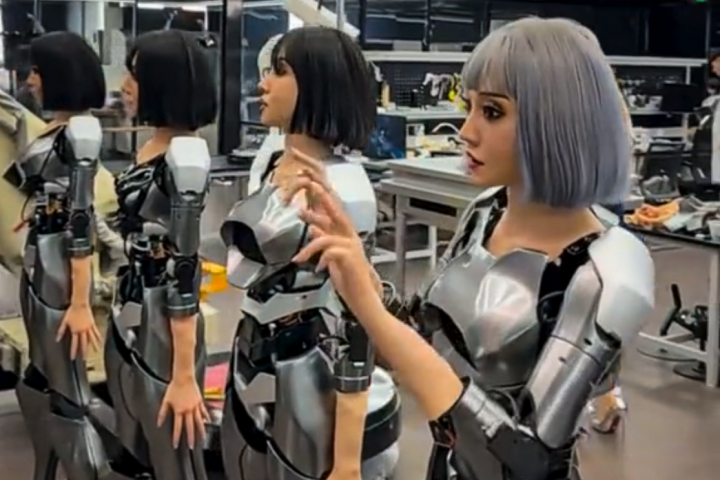In a world first, scientists from Cincinnati Children’s Hospital Medical Center have created functioning fetal intestinal tissue from pluripotent stem cells.
Both human embryonic stem cells (hESCs) and induced pluripotent stem cells (iPSCs) were used in the research. hESCs have the natural ability to become any type of cell found in the human body, while the iPSCs were created by reprogramming biopsied human skin cells into stem cells. The two types were used so that the researchers could compare the transformative capabilities of the relatively-new iPSC technology with the more established hESC methodology.
It is now hoped that such lab-grown tissue could be used to research treatments for gastro-intestinal diseases, or for transplantation.
The team, led by Cincinnati Children’s Dr. James Wells, used chemical and protein growth factors to manipulate the pluripotent stem cells. They were first coaxed into becoming definitive endoderm embryonic cells – these are the cells that have the potential to become the lining of the esophagus, stomach and intestines, or the lungs, pancreas and liver. Using a pro-intestinal cell culture, the cells were then swayed to further develop into embryonic intestinal cells known as hindgut progenitors.
After 28 days, these progenitors had formed into three-dimensional tissue that closely resembled human intestinal tissue, complete with the usual enterocytes, goblet, Paneth and enteroendocrine cells. It also contained intestine-specific stem cells, and had the ability to absorb and secrete, just like natural intestinal tissue.

“This is the first study to demonstrate that human pluripotent stem cells in a petri dish can be instructed to efficiently form human tissue with three-dimensional architecture and cellular composition remarkably similar to intestinal tissue,” said Dr. Wells. “The hope is that our ability to turn stem cells into intestinal tissue will eventually be therapeutically beneficial for people with diseases such as necrotizing enterocolitis, inflammatory bowel disease and short bowel syndromes.”
The team is also looking into using the tissue for testing how different drugs are absorbed by the digestive system.
The research was published this Sunday in the journal Nature.













